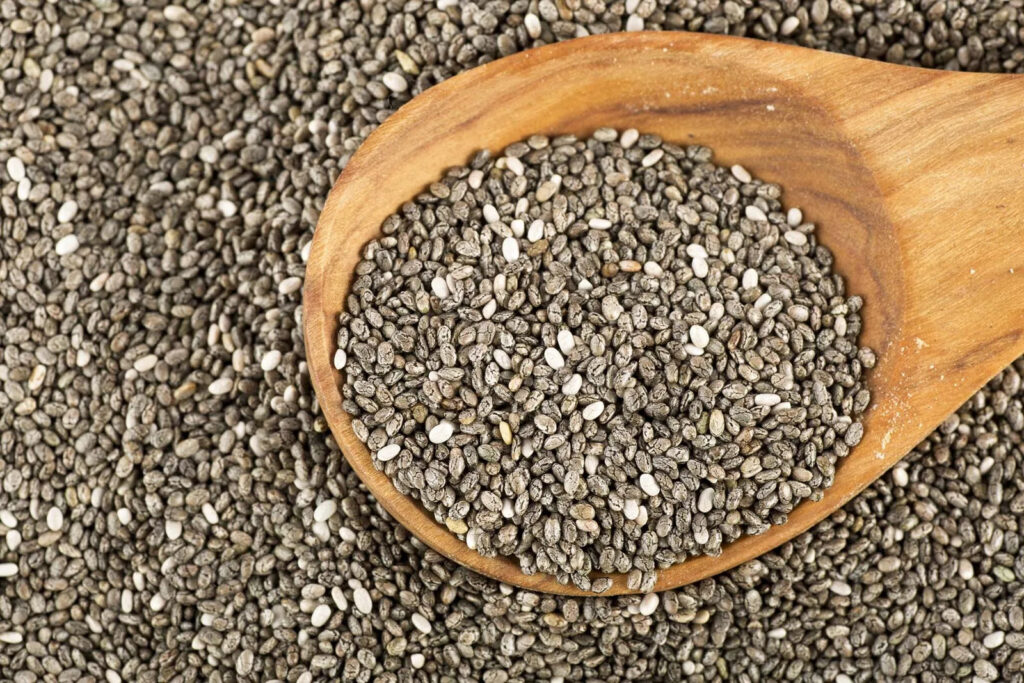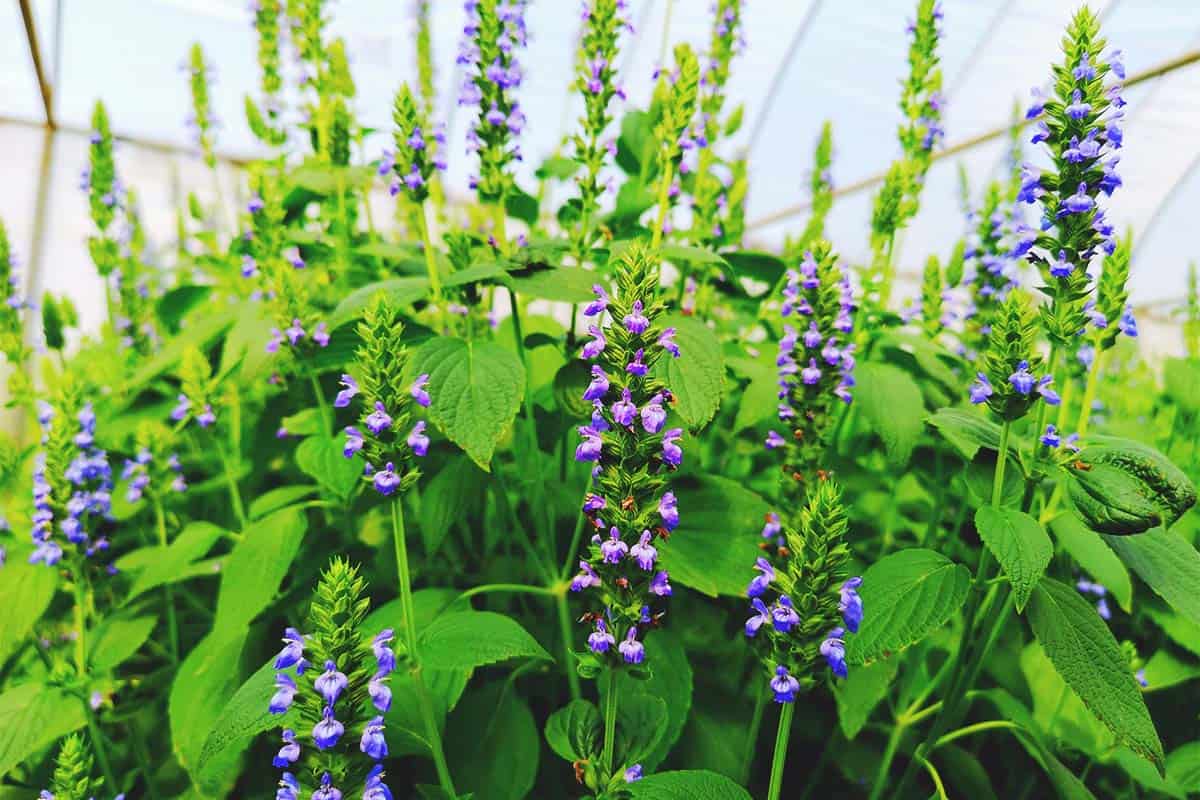Chia Seeds



Chia Seeds
Chia seeds are often referred to as a “superfood” or functional food—unregulated terms more useful in the marketing sphere than by nutrition experts who understand that there is no magic bullet or replacement for a healthful dietary pattern that relies on a variety of nutritious foods.
Functional foods are touted to offer benefits beyond their nutritional value, such as lowering cholesterol or improving gut health.
Not only listed as such, chia seeds are also used as a functional ingredient, added to less nutritious items like baked pastries and snacks, to improve their appeal to health-conscious consumers. Health claims about chia seeds include reducing appetite and weight, lowering triglycerides, and improving blood sugar levels in type 2 diabetes.
SPECIFICATION
Country of Origin
India
Harvest Period
Winter Crop (Feb-March) (Oct - Nov)
Color
Cremish Colour
Packaging
10 KG , 22.68 KG, 25 KG Multiwall Paper Bags; 1 MT Tote bags
Labeling
Private labeling as per buyers need
Shelf Life
24 Months from Production Date
GMO Status
GMO Free
Specification
Detailed Specification on Request
CONTAINER
20 Feet
Quantity: 24 MT
40 Feet
Quantity: 26 MT
Chia seeds are a highly versatile ingredient. They have little if any distinctive flavor, so they don’t compete with other flavors in a dish. They also soften in the presence of liquid and become a less detectable texture. Commercially, they are added to cereals, crackers, beverages, breads, and other baked goods to boost their nutritional value. Basically, chia seeds can be added as long as there is moisture to hold the seed in place.
Chia seeds contain several components that, when eaten as part of a balanced plant-rich diet, may prevent the development of various chronic diseases. Of particular interest by researchers is chia seeds’ high content of alpha-linolenic (ALA) fatty acids. Sixty percent of the oil in chia seeds is from these omega-3 fatty acids.
